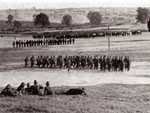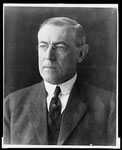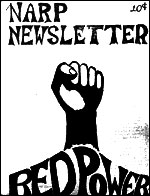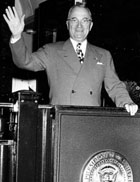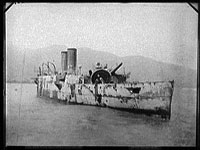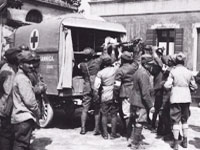Reading and Thinking Aloud to Understand
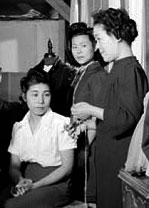
This 11th-grade honors U.S. history class, using Reading Apprenticeship techniques developed by WestEd, shows students engaged in the process of reading primary source documents as a means of better understanding the internment of Japanese Americans during World War II. The students in this video are in an honors classroom. The class is in an ethnically, linguistically, and economically diverse school in a high immigrant, rural community. This video provides examples of two promising practices:
- Putting students in pairs to conduct "read aloud/think aloud" work
- Providing students with strategic vocabulary for reading primary sources
Students in this lesson are in the middle of a week-long unit on Japanese American internment. Focusing on the question of the constitutionality of relocating and interning these citizens, students read several primary source documents, including the Constitution and opinions from Korematsu vs. the United States, a 1944 Supreme Court case challenging the internment.
Students work together in pairs to summarize excerpts from the Constitution relevant to the internment. They take turns reading aloud to each other and talk through the process of reading. As they do, they verbalize their reading and thinking processes, defining terms, connecting the text to prior knowledge, analyzing the meaning of the text, and asking questions about difficult passages as they go.
Before, during, and after her students read, the instructor signals key terms that need definition (e.g., ex post fact, bill of attainder, vested). While the read aloud/think aloud strategy helps students make sense of difficult texts, they still need assistance with advanced language and sophisticated concepts. By identifying and defining key terms for students, the instructor helps them decode the documents.
Many teachers ask students to read primary source documents. But students often struggle with complex language and difficult concepts, often missing the connection with the material they are studying. What makes this class unique is the way the instructor structures the class in order to support student reading.
